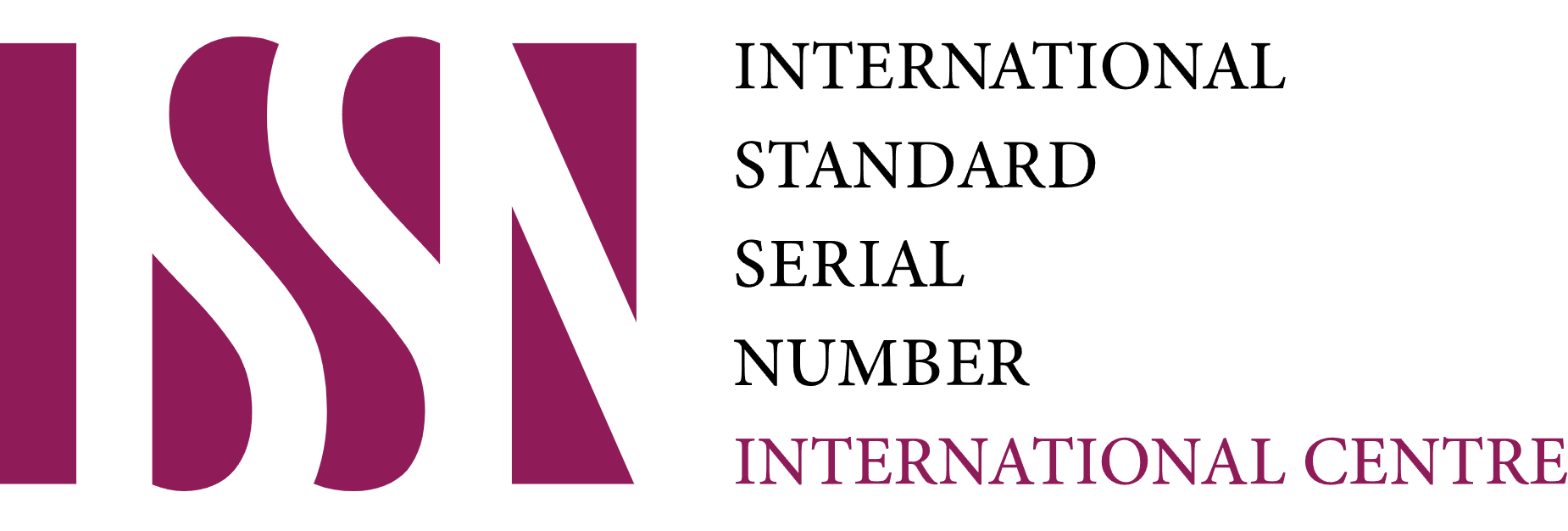INTEREST OF BATAKNESE AND JAVANESE YOUTH IN AGRICULTURE IN BINJAI DISTRICT, LANGKAT REGENCY, NORTH SUMATRA PROVINCE
DOI:
https://doi.org/10.51852/jpp.v18i2.691Keywords:
interest, youth bataknese, youth javaneseAbstract
The low interest of young people in the agricultural sector is increasing from year to year. It is because businesses in the agricultural industry are less profitable and not promising jobs. This research aims to determine the factors that affect the interests of tribe youth Batak and Java in agriculture and the difference of interest between youth tribe Batak dan Java. This research was conducted in the Binjai District of Langkat Regency. The data collection method is used by interviews and questionnaires tested for validity and reliability—the data analysis method uses multiple linear regression and tests. The result of the research indicates that there is a difference between the interest of young Batak and Javanese tribes in the field of agriculture. Partially, prestige and family environment have an inverse effect on the interest of your Batak in agriculture and factor social statute (3,246) positively influences the interest of the youth tribe of your java. The elements of prestige, family environment, education, experience, social environment, social statute, culture and technology contributed 52,7% to the interest of youth Batak. And 75,8% of factors prestige, family environment, education, experience, social environment, social statute, culture and technology influence the interest of Javanese.
References
Ahira A. 2012. Status Social Ekonomi Masyarakat.
Arimbawa IPE dan Rustariyuni SD. 2020. Respon Anak Petani Meneruskan Usaha Tani Keluarga di Kecamatan Abiansema. Jurnal Ekonomi Pembangunan Universitas Udayana. 7: (1558-1586).
Bi JY. 2014. Overview of Youth Engagement in Agriculture in China And Emerging Trends. CAPSA Palawija Newsletter. China. 31(1): 6-8.
[BPS] Badan Pusat Statistik. 2018. Survey Hasil Pertanian Hasil Sensus. Tahun 2018. Jakarta.
Dewi,S dan Jumrah. 2023. Persepsi dan Minat Generasi Milenial Terhadap Profesi Di Sektor Pertanian (Studi Kasus Di Desa Galung Lombok, Kecamatan Tinambung, Kabupaten Polewali). Jurnal Media Agribisnis. 7(1). 87-97
Dharmawan K.S dan Sunaryanto L.T. 2020. Faktor-Faktor yang Mempengaruhi Sikap Pemuda Terhadap Pekerjaan di Bidang Pertanian di Desa Bringin Kecamatan Bringin Kabupaten Semarang. Jurnal Agrinesia. 4: 134-141.
Mahdi MI. 2022. Krisis Petani Muda di Negara Agraris. Dataindonesia.Id.
Mutolib A, Nuraini C dan Ruslan JA. 2016. Bagaimana Minat Pemuda terhadap Sektor Pertanian?: Sebuah Pendekatan Multi Kasus di Indonesia Journal of Extension and Development .4(2):126-134.
Nufalah A. 2021. Makna Waris Masyarakat Jawa dalam Regenerasi Petani (Studi Kasus Petani Desa Singgahan, Ponorogo). Jurnal Adat dan Budaya. 3(2):54-57.
Raharjo P. 2009. Sosiologi 2: untuk SMA/MA Kelas XI. Jakarta: Pusat Perbukuan Departemen Pendidikan Nasional.
Ridwan dan Sunarto, 2010. Pengangar Statistika. Bandung: Alfabeta.
Raharjo P. 2009. Sosiologi 2: untuk SMA/MA Kelas XI. Jakarta: Pusat Perbukuan Departemen Pendidikan Nasional.
Silalahi AD, Bukhori A, dan Gede S. 2013. Migrasi Suku Batak Toba Asal Tapanuli Utara (Sumatera Utara) Tahun 1965-1975 Ke Kelurahan Bandarjaya Timur Kecamatan Terbanggi Besar Kabupaten Lampung Tengah. Lampung.
Sugiyono. 2012. Metode Penelitian Kuantitatif, Kualitatif, dan R&D. Bandung: Alfabeta.
Tampi MF, Kaunang R, dan Lolowang TF. 2021. Persepsi Dan Minat Pemuda Terhadap Pekerjaan Sebagai Petanidi Desa Wuwuk Kecamatan Tarerankabupaten Minahasa Selatan. Jurnal Agri-Sosio Ekonomi Unsrat. 5(17): 943-948.
Wahyuningsih, Junaidi HM, Matsum, dan Ulfah M. 2016. Pengaruh Lingkungan Keluarga dan Kepribadian Wirausaha Terhadap Minat Berwirausaha Siswa Kelas XI SMKN Pontianak. Pontianak: UNTAN.
Downloads
Published
Issue
Section
License
Authors who publish with this journal agree to the following terms:
1. Copyright on any article is retained by the author(s).
2. The author grants the journal, right of first publication with the work simultaneously licensed under a Creative Commons Attribution License that allows others to share the work with an acknowledgment of the works authorship and initial publication in this journal.
3. Authors are able to enter into separate, additional contractual arrangements for the non-exclusive distribution of the journals published version of the work (e.g., post it to an institutional repository or publish it in a book), with an acknowledgment of its initial publication in this journal.
4. Authors are permitted and encouraged to post their work online (e.g., in institutional repositories or on their website) prior to and during the submission process, as it can lead to productive exchanges, as well as earlier and greater citation of published work.
5. The article and any associated published material is distributed under the Creative Commons Attribution-ShareAlike 4.0 International License













